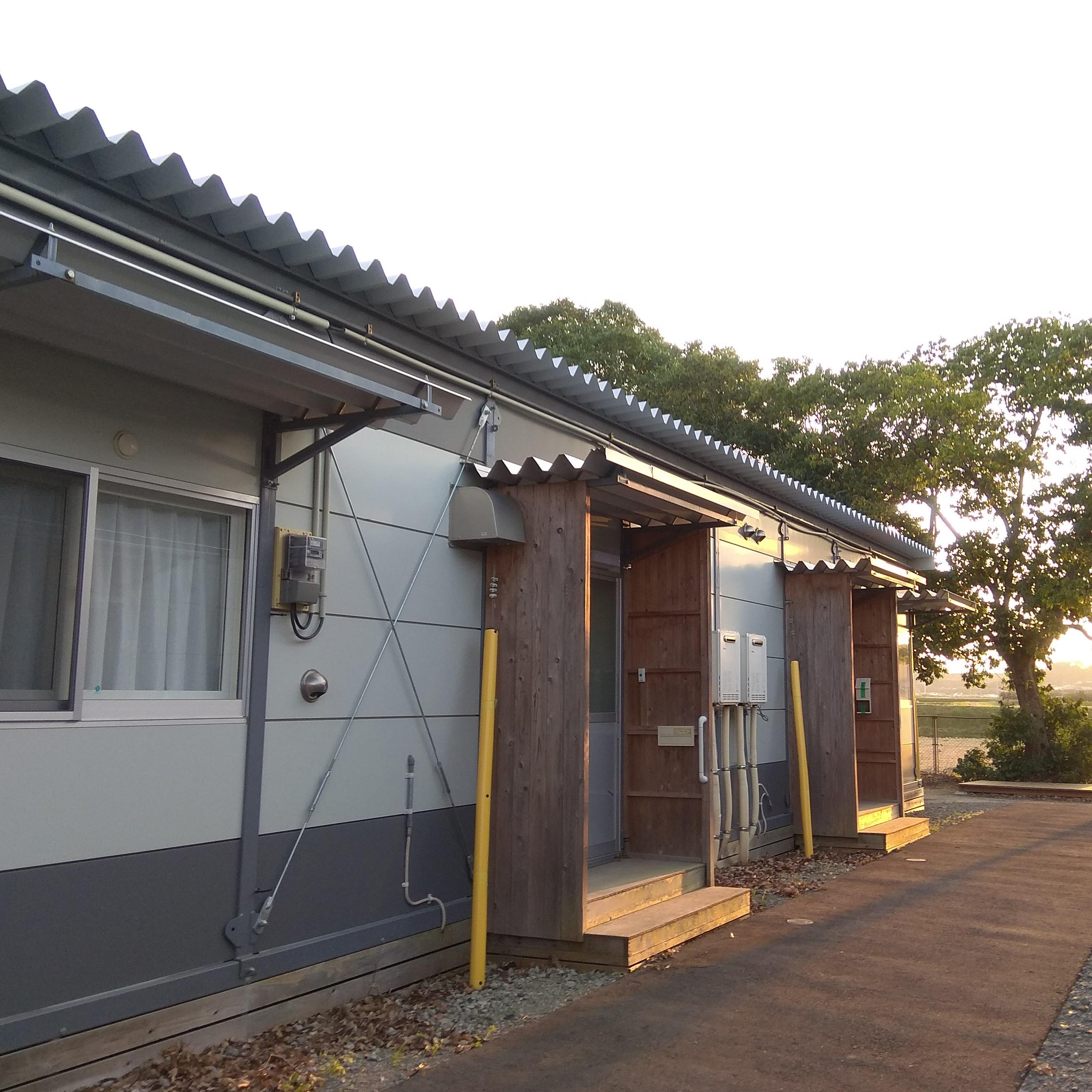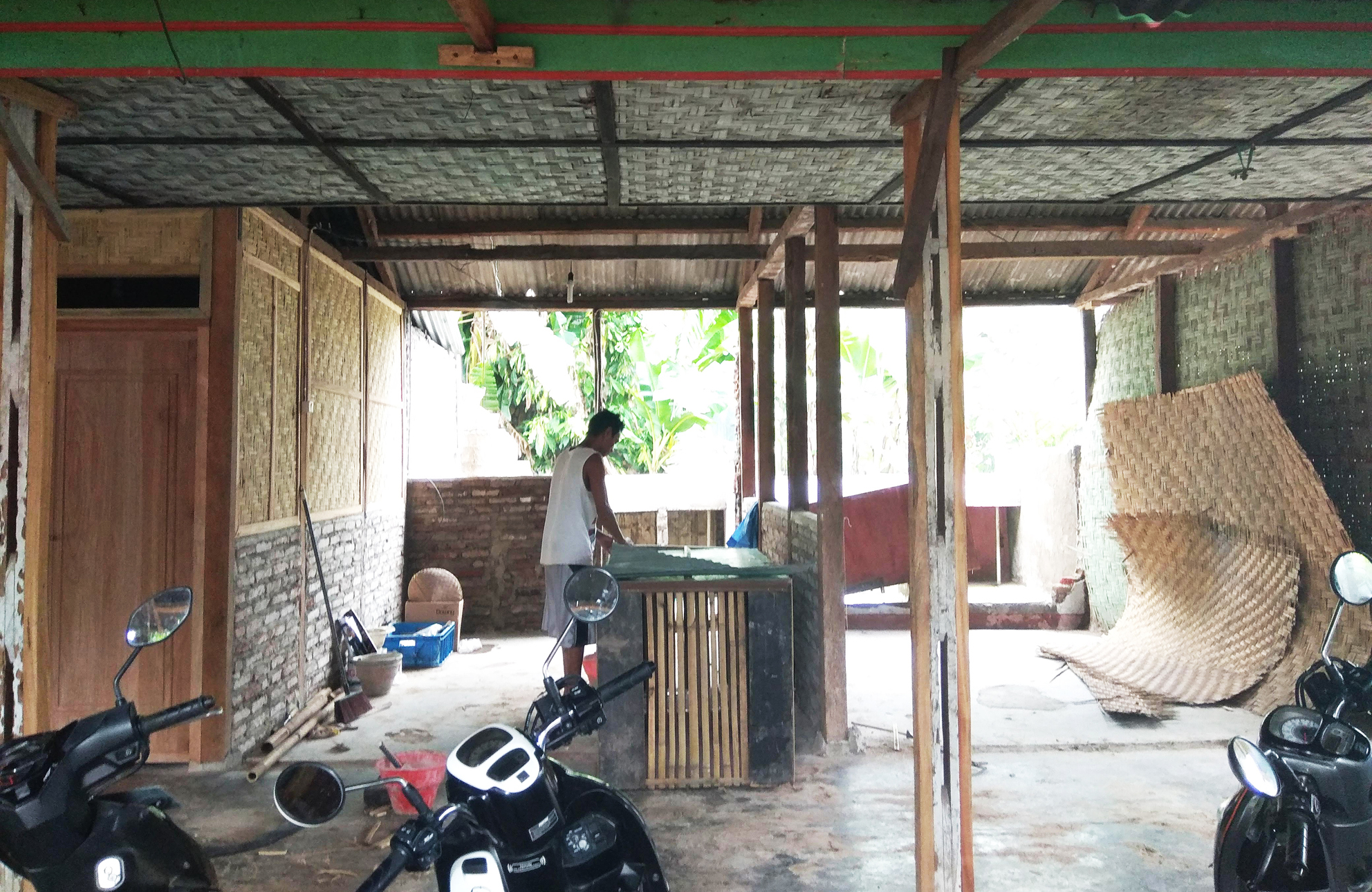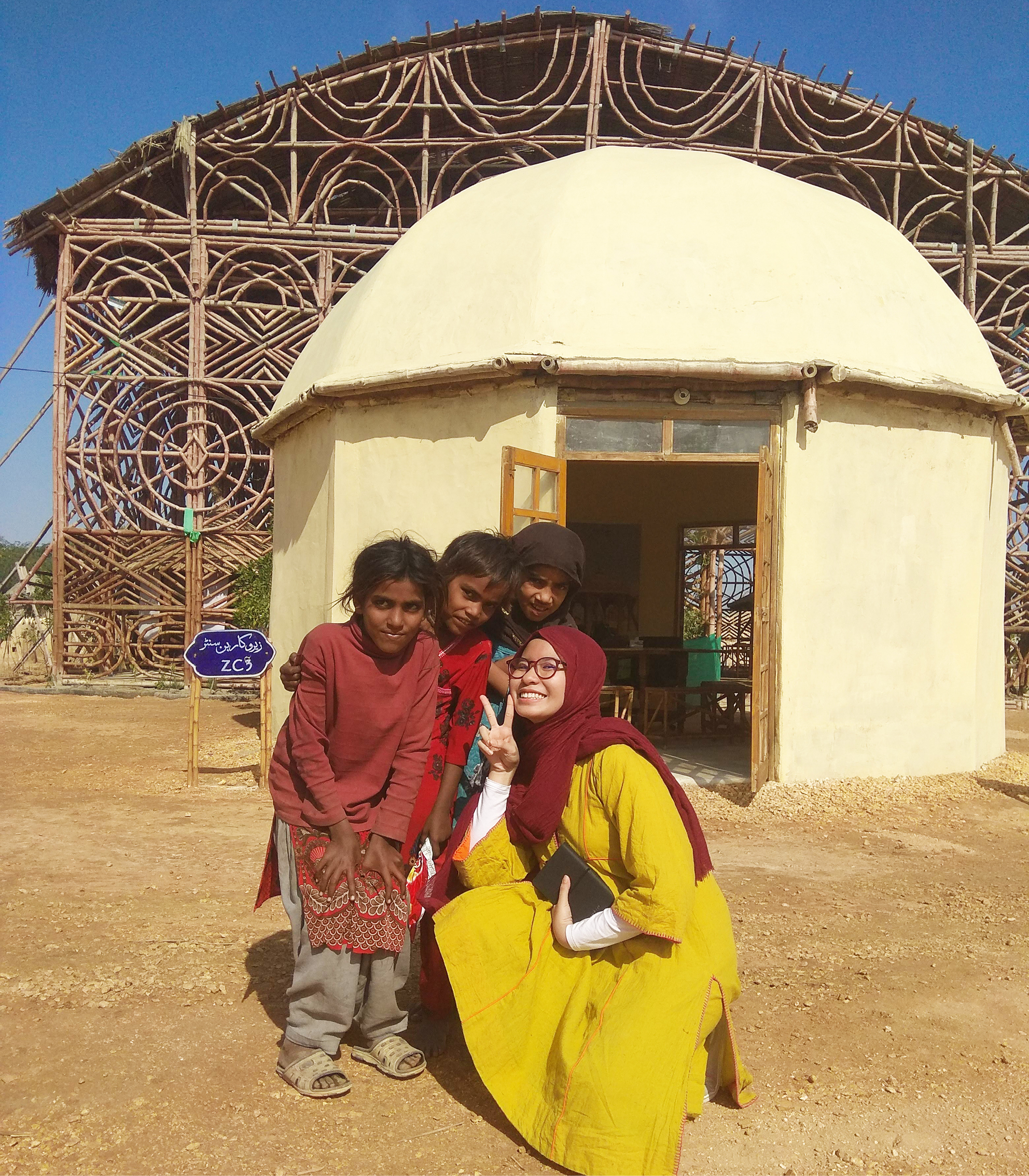We caught up with Afaf Ismail, recipient of the 2019 RIBA Norman Foster Travelling Scholarship, to hear why she applied, her journey so far, and what advice she would offer to someone considering applying for the scholarship.
When receiving the news that you were selected for the RIBA Norman Forster Travelling Scholarship, what was your initial reaction?
It was disbelief. I received the news via email, while I was doing a semester abroad alone. I only told one close friend - not even my family knew until it became official news. It took a while to wrap my head around it entirely; the reason being that the scholarship has been something I’ve always idolised since high school. I was just thrilled, humbled by the opportunity, and quite nervous about the work to come.
Can you tell us about your winning proposal: ‘Architecture of Humility’?
Architecture of Humility is a term coined by Jimmy Lim on his views against the architect and their predisposition to riot against mother nature in the built environment. It is looking at design from a humble perspective; instead of portraying individual style of architecture, it represents what is already there and makes it better using its own identity.
Also, my research looks at rebuilding the architects’ role through community architecture. The community often must take the matter into their own hands to rebuild their homes and subsequently, their lives. In communities where money does not come easy, the role of the architect shifts towards community architecture.

For those who aren’t familiar, can you explain the term ‘disaster relief architecture.’
Disaster relief architecture in the most basic sense is an architecture that can provide some respite to the affected community after a disaster. The disasters can range from natural emergencies or human-made disasters such as genocide, wars or revolutions. Affected districts are without basic needs, one of them being a shelter. The definition of the shelter itself is a vast spectrum, and often it is the most basic shelter that makes its way to communities. And it's also these solutions that are missing the human-centred design of architecture. Without that awareness, it is merely ‘disaster relief’.
What lead you to explore disaster management within architecture?
I’ve always wanted to do architecture, but there was no urgency to pursue it with a goal in mind. Then in 2014, when I was still in high school, Malaysia had a particularly bad case of flooding. My area was not affected, but it was significant enough to get more media attention, and there was this picture of a classroom, half-flooded, with books floating around. As a student, seeing that just broke me. I wanted to change that picture and architecture was just the natural pathway for that.
Working with local organisations, what have you learned about the rebuilding process of cities affected by natural disasters and the role of the architect in such situations?
That it cannot be rushed - a careful and committed approach that involves the communities is vital for it to be a sustainable solution. The current plan is that the designer is separate from the site and its people. This way of doing things is due to the goal of addressing issues quickly and with the most design impact. However, it does not work. Once the NGO’s and teams leave, communities left with a novel solution are not necessarily comfortable. Here, comfort does not immediately represent a luxury, but it could be small conveniences, which can make the difference between shelter and home. Also, because the design language is so unique, communities cannot replicate the solution themselves to other equally affected areas. Shelter designs that boast completeness and impactful architecture are usually not realistic to be applied everywhere. It becomes privy to those that were lucky enough but not equally benefitting everyone. In the end, it is the quiet designs, the one where the architect is unseen but very visible in the essential design solutions, that work best.

How has the scholarship allowed you to connect with local communities?
The scholarship gave way for travel to areas and issues that was initially only accessible through media. It also allowed me to see the situation and make my conclusions. It is natural to lumpsum everybody as one label such as victims, refugees or displaced persons. But human connection and behaviour are a lot more complicated than that. To design better for others is to connect. To connect with others is to be present. Tara Westover said this aptly: 'we are all of us more complicated than the roles we are assigned in the stories other people tell'.
Your research has enabled you to connect with local communities within natural disaster zones. How has that helped or affected your research?
My research is about community architecture after a disaster. Although researching the methods that the communities employ through books and media would be just fine, it wouldn’t allow me to make my conclusions or observations. If I read about it through books, I am reading through the conclusion of another person. If I look at photos online, I see an edited view. Even if I look through video interviews, it is filtered, carefully directed through a set of questions. In the end, it would be a shallow connection, if there is any at all. By involving the communities in the design conversation — instead of conversing about them — it has helped my research. It has enabled my research to respect the community as a contributor and not as a subject.

What would you tell someone who is thinking of applying for the RIBA Norman Foster Travelling Scholarship?
The best way to start a topic is to find something you are genuinely curious about. Apply for the sake of understanding the subject better and not for free travel or prestige. The latter is just a bonus, albeit a big one. The proposal will not be complete or even accurate; the budget might run a bit; the location might have to be more specific, and the timeline might extend. However, an intelligent guess is better than a blank space.
If you would like to know more information about this scholarship then please visit the RIBA Norman Foster Travelling Scholarship information page.









